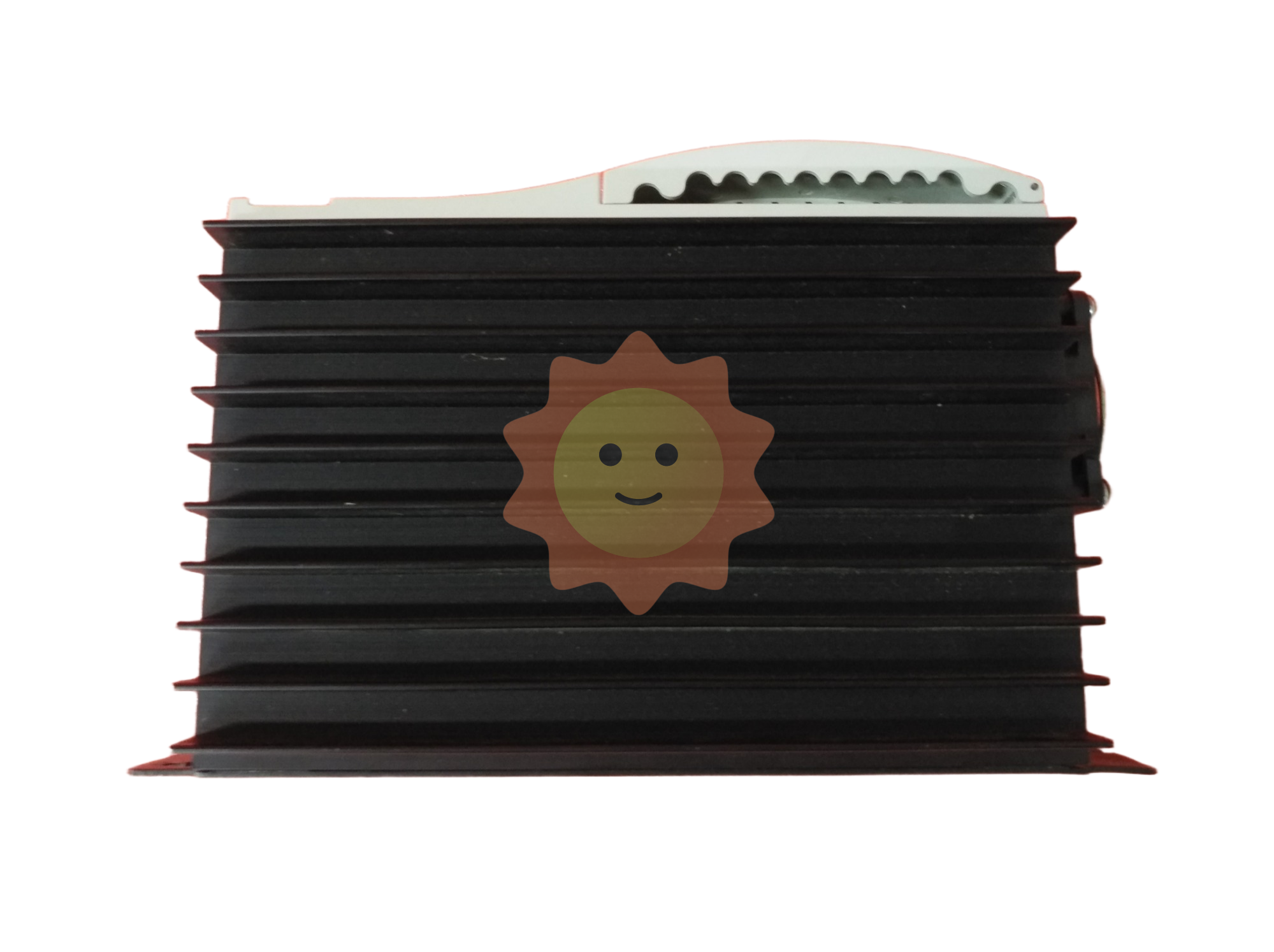Pulp Market Review in 2022 and Outlook in 2023
In 2022, the profits of the pulp and paper industry chain are concentrated upstream, and the price of pulp is high, the main logic is that the supply of coniferous pulp is declining, and the domestic paper production capacity needs to increase a lot of wood pulp. From the perspective of the supply and demand of coniferous pulp alone in 2023, this situation may be alleviated but still not over. The supply and demand of broadleaf pulp after the new production capacity is put into further easing, alleviating the contradiction of the supply shortage of coniferous pulp. It is expected that the average spot price of domestic coniferous pulp in 2023 will be 6400 yuan/ton, down 10%, and the operating range will be 5800-7500 yuan/ton. Look at overseas supply in the first half of the year, look at domestic demand in the second half of the year, the focus or gradually move down, the main negative from overseas markets. However, the difference in the concentration of the industrial chain still makes the pulp have an advantage in pricing, so the downward range of the valuation should still be carefully predicted, and the decline in the valuation of the pulp may be completed through the form of time for space.
In terms of operation, paper companies pay attention to their finished paper shipments after the pulp price has fallen, and finished paper shipments can be improved to pay attention to buying insurance opportunities on the plate, and in the case of large basis differences, they can also pay attention to buying insurance on bargain prices in long-term contracts. For trading enterprises that hold wood pulp stocks, they can sell to preserve value after the disk premium is enlarged in the period away from the delivery month.
A review of the spot market for pulp in 2022
In the long run, pulp prices are highly correlated with the global economy, and the cyclical demand for household paper and cultural paper in the terminal demand is weaker than that of other industrial products, whether it is the sharp fall in 2008, or the sharp rise in 2010 or 2017, behind the supply interference, and the price "outlier" duration is relatively short. The period from 2008 to 2022 is mainly divided into the following stages:

In 2022, pulp price operation is mainly divided into three stages:
The first stage: the first quarter of the domestic pulp continued the upward trend that began in the late fourth quarter of last year, the supply problem continued to ferment, the UPM strike continued to extend, the Canadian transportation failed to recover quickly, the import volume of Chinese conifolia pulp fell to the lowest level in the past year, the domestic macro sentiment was better, the expectation of economic repair was strong, and the pulp price rose smoothly to a historical high.
The second stage: from the beginning of the second quarter, with the impact of domestic public health events increasing again, market sentiment has changed, the economic growth target has gradually weakened, the pulp itself still has supply problems, overseas shipments have failed to recover, but under the influence of weak macro expectations, the pulp is still a round of sharp adjustment with the commodity as a whole.
The third stage: In the third quarter, after the sharp decline, due to the continuous supply shortage, the quantity of warehouse receipts decreased significantly, the US dollar quotation of pulp remained high, the RMB exchange rate also fell sharply, the import cost of conifer pulp increased, and the discount in the futures market was too large, so as the main contract delivery approached, the futures began to repair the discount, but under the overall impact of overseas interest rate hikes and domestic public health events, Market optimism is not in, suppressing pulp rebound space, prices failed to return to the first half of the high.
Second, the global supply of coniferous pulp is relatively tight
From January to November 2022, China's pulp imports were 26.81 million tons, a year-on-year decrease of 3.5%, and imports in 2021 were reduced by 3.0%. Imports have fallen for two consecutive years, and the reduction is mainly due to the contribution of coniferous pulp. From January to October, China's imports of bleachwood pulp were 5.93 million tons, a year-on-year decrease of 17%, and imports of bleachwood pulp were 10.73 million tons, an increase of 2%. Total imports of needle and broadleaf pulp decreased by 5.6% year-on-year, and imports of other pulp increased by 2%.
China's imports of coniferous pulp from Canada decreased more, down 27% in the first three quarters of the year, as of the fourth quarter has not yet returned to the normal level of the calendar year, Finland after a long-term shutdown in the first half of the year, exports to China have a certain decline, down 17%, from the volume point of view in September has rebounded, Chile's exports to China are relatively stable. In the first three quarters, the export volume of the United States fell sharply in the first half of the year, the third quarter turned positive, Russia coniferous pulp in the second quarter also appeared to reduce the supply of China, the arrival of the third quarter has rebounded, the cumulative reduction of 8% from January to September, so China's main source of coniferous pulp imports more than a year on year decline, which Canada is more serious. The recovery situation in 2023 is relatively critical, and from the current point of view of North American rail transportation, there has not been a significant improvement. Broad leaf pulp supply throughout the year is more abundant, Brazil, as a major importer of China, from January to September exports to China increased by 20%, other countries have some reduction but overall stability.
In terms of global commercial wood pulp shipments, according to the Pulp and Paper Products Council (PPPC) data, from January to October 2022, the total pulp shipments of the world's top 20 major pulp producing countries (W-20) increased by 3.7% year-on-year, of which coniferous wood pulp shipments were 18.71 million tons, down 1.8% year-on-year, and bleaching wood pulp shipments were 23.74 million tons. That's up 7.8% from a year ago. Shipments to the Chinese market were 13.47 million tons, a year-on-year decrease of 0.54%, shipments to Western Europe and North America were 17.63 million tons, a year-on-year increase of 4.1%, the proportion of Chinese market demand was near 30%, a slight decline compared with 2021, and a decline of about 3% compared with 2020 and before, under the role of high inflation overseas and weak domestic demand. The price difference between Chinese softwood pulp and Western Europe fell, and broadleaf pulp was lower than Western Europe, resulting in a regional tilt in market shipments.

Third, the supply of raw materials is reduced and the cost is shifted
The tight supply of raw materials is a major factor in the decline of wood pulp supply in 2022, Russia is the world's largest exporter of softwood wood, of which Finland is one of its main exporters, 20% of Finland's pulp raw materials come from Russia, after the Russia-Ukraine conflict, Russian wood exports are restricted, and Finnish wood chip and log imports have declined significantly since March 2022. At the same time, the US real estate market has turned cold, the demand for wood has decreased, and the price has fallen sharply, and the price of CME wood futures has fallen 63% this year, forcing wood merchants to reduce production in response to the decline in demand, which has also reduced the wood pulp raw materials. In its third quarterly report, Canfor also noted that a weakening lumber market could lead to long-term production cuts at BC's inland sawmills, and that a reduction in sawmill chips available to pulp mills could trigger further outages. Unplanned maintenance and downtime in 2022 are significantly more than those in 2021, and there are more unplanned downtime in the first and third quarters of coniferous pulp, including strikes and raw material problems.
In terms of production costs, in the past few years, the average CIF China cost of bleached pulp is about 510 US dollars/ton or more, and the average cost of bleached pulp is about 340 US dollars/ton. China's annual import volume of bleached pulp before 2021 is about 8.5-8.9 million tons, while the global production capacity under the average cost is about 10 million tons. However, the cost of more needles exported to China is higher than the average, about $570 / ton, so after the supply problems in Finland, Russia and Canada reduced shipments, the cost support of coniferous pulp was significantly enhanced, and the price moved to the end of the cost curve, which also made the price rise. In 2022, with the Russian-Ukrainian conflict and European sanctions on Russia, as well as the downturn in the North American housing market caused a sharp drop in the price of wood, making pulp production raw materials wood chips, energy and other supply problems, and prices rose sharply, pulp production costs increased, Brazil Suzano2022 third quarter chemical and wood chip costs increased 41% and 19%, respectively. Canfor reported that the price of wood chips increased the cost. However, under the current price, the mainstream paper mill profit is still better, as of November 2022, the price of broadleaf pulp and conifer pulp exports to China are above $860 and $900, respectively, and the average price of NBSK shipped to China in the first three quarters of 2022 is $959 / ton, compared with $892 in the same period last year, which is much higher than the cost. The price is not enough to prompt production cuts.
Fourth, there will be new broadleaf production capacity in 2023
In terms of global pulp capacity changes, Arauco's MAPA project of 1.56 million tons of bleached eucalyptus kraft pulp production line (BEK) has been postponed to November 2022, and is expected to reach its peak capacity in 2023; UPM's 2.1 million tonne eucalyptus hardwood pulp plant near Paso de los Toros in central Uruguay has been tentatively postponed to the first quarter of 2023. The Prince Albert Pulp Mill is expected to resume production as soon as 2023, with an annual capacity of about 350,000 tons of bleached needle pulp. Fenlin Fenpokmi Bio-Products plant is planned to be put into operation in the third quarter of 2023, with an annual output of 1.5 million tons of coniferous and hardwood pulp, and is expected to add 800,000 tons of coniferous pulp capacity. Therefore, the overall production pressure of wood pulp in 2023 is higher than that in 2022, and all the smooth landing of the case, the supply increment may be more obvious, the key time depends on the actual production progress in the first quarter, and the production pressure is expected in the second half of the year.

Five, paper production capacity increased significantly paper mill operating rate is low
In 2022, the weakness of the domestic paper market mainly stems from the imbalance of supply and demand, that is, the excessive production capacity of finished paper has increased significantly, making it difficult to match the demand, and the price of paper in the first half of the year is significantly lower than the same period in 2021, and after May, it fell again, while raw pulp is due to the sharp contraction of overseas supply, so the supply and demand in the industrial chain is more healthy. Make the profit upstream concentrated to paper pulp, paper mill profits dropped significantly, according to the first three quarters of mainstream listed paper enterprises disclosed data, net profit fell more than 40-50%, some manufacturers net profit fell by 80% to 90%, coniferous pulp dollar price at the beginning of the year at $760 / ton, At the end of the year, although there was a drop, it was still above $900 / ton, and the price of finished paper was only a small part higher than at the beginning of the year.
From the output data, the domestic machine-made paper and cardboard production announced by the Bureau of Statistics increased by 1.2% year-on-year from January to October, lower than the growth rate of 5.2% last year, but still recorded positive growth, some sample paper enterprises of Zhuochuang information statistics, the main wood pulp paper production increased by 8.7% year-on-year from January to November, white cardboard production increased by 20% year-on-year, and as of November 2022, White cardstock prices fell 9% from the beginning of the year, white cardstock in the end of 2021 to 2022 output capacity is large, while the concentration of production capacity is high, are dominated by large factories, after the price fell sharply in June, from the statistics of Chuang, white cardstock enterprises operating rate fell 10% from the high, but the monthly output of white cardstock still maintained the highest in the history of the same period, the year-on-year increase is larger. The operating rate of coated paper, double-adhesive paper and household paper also fell in the second and third quarters, but after the price of some paper rose in the fourth quarter, the operating rate rebounded at a low level, but the operating rate is still low, and household paper has been below 60%.
From some public information, there are a large number of paper production capacity in China from January to November 2022. Among them, white cardstock and paper production capacity is more, white cardstock new or converted production capacity of 1 million tons, Zhuo Chuang information statistics in 2021 China's white cardstock production of about 9 million tons, 2022 new production capacity increase of more than 10%, and 2021 according to statistics newly released high-grade white cardstock production capacity of 2.82 million tons, The new production capacity of white cardboard in two years is close to 4 million tons, which can account for about 40% of the production in 2020, which also makes the white cardboard operating rate fall, but the output continues to increase. In the first 11 months of 2022, the new capacity of household paper is also more, and the new capacity can be counted to be close to 990,000, the paper association statistics 2021 household paper production of 11 million tons, the proportion of new capacity is close to 10%, although the price of household paper this year is better than other paper classes, but the operating rate has not been increased, and the capacity is more abundant. In addition, there are 620,000 tons of cultural paper and special paper production capacity put into production, and in December 2021, according to statistics, there are 320,000 tons of household paper and 50,000 tons of special paper production capacity put into production in the past two years, more domestic new paper production capacity, accounting for more than 10% of paper production, but the same period demand growth is affected by public health events, the economy and other difficult to match. Resulting in a sharp fall in the profits of paper mills, operating rates are low.

Six, weak consumption of finished paper demand is general
Demand for finished paper performance is general, mainly from the weakness of the domestic economy, as the demand distribution is more dispersed commodities, industries are involved in the demand for paper, this year under the impact of public health events, real estate, domestic demand has been poor, but also bring weak demand for finished paper. Taking the retail sales data of major consumer goods as an example, the growth rate from January to October was 0.6%, much lower than the growth rate of 12.5% in 2021, and lower than the average growth rate of 3.5% in 2020-2021. By industry, the growth rate of retail sales of optional consumer goods from January to October was generally lower than the average growth rate in 2021 and the past two years. Beverages, tobacco and alcohol, clothing, shoes and hats, cosmetics, daily necessities, cultural office supplies growth rate fell, the growth rate of retail sales of essential goods rose, such as grain and oil, and drugs that benefit from public health events, and these are the main demand terminals of white cardboard, wrapping paper and some cultural paper, after its growth rate fell or turned negative, the relevant paper consumption growth rate also fell or declined year-on-year. China's GDP growth rate in the first three quarters was 3%, 0.6% in the same period in 2020, and 2.2% in the whole year, the spread of public health events in many places in the fourth quarter, and the economic growth rate in 2022 is only better than that in 2020, in addition to the weak annual price of wood pulp paper, some non-wood pulp paper, such as corrugated paper and box board paper prices also continued to fall throughout the year.
- EMERSON
- Honeywell
- CTI
- Rolls-Royce
- General Electric
- Woodward
- Yaskawa
- xYCOM
- Motorola
- Siemens
- Rockwell
- ABB
- B&R
- HIMA
- Construction site
- electricity
- Automobile market
- PLC
- DCS
- Motor drivers
- VSD
- Implications
- cement
- CO2
- CEM
- methane
- Artificial intelligence
- Titanic
- Solar energy
- Hydrogen fuel cell
- Hydrogen and fuel cells
- Hydrogen and oxygen fuel cells
- tyre
- Chemical fiber
- dynamo
- corpuscle
- Pulp and paper
- printing
- fossil
- FANUC
- Food and beverage
- Life science
- Sewage treatment
- Personal care
- electricity
- boats
- infrastructure
- Automobile industry
- metallurgy
- Nuclear power generation
- Geothermal power generation
- Water and wastewater
- Infrastructure construction
- Mine hazard
- steel
- papermaking
- Natural gas industry
- Infrastructure construction
- Power and energy
- Rubber and plastic
- Renewable energy
- pharmacy
- mining
- Plastic industry
- Schneider
- Kongsberg
- NI
- Wind energy
- International petroleum
- International new energy network
- gas
- WATLOW
- ProSoft
- SEW
- wind
- ADVANCED
- Reliance
- YOKOGAWA
- TRICONEX
- FOXBORO
- METSO
- MAN
- Advantest
- ADVANCED
- ALSTOM
- Control Wave
- AB
- AMAT
- STUDER
- KONGSBERG
- MOTOROLA
- DANAHER MOTION
- Bently
- Galil
- EATON
- MOLEX
- Triconex
- DEIF
- B&W
- ZYGO
- Aerotech
- DANFOSS
- KOLLMORGEN
- Beijer
- Endress+Hauser
- MOOG


Email:wang@kongjiangauto.com
























































































